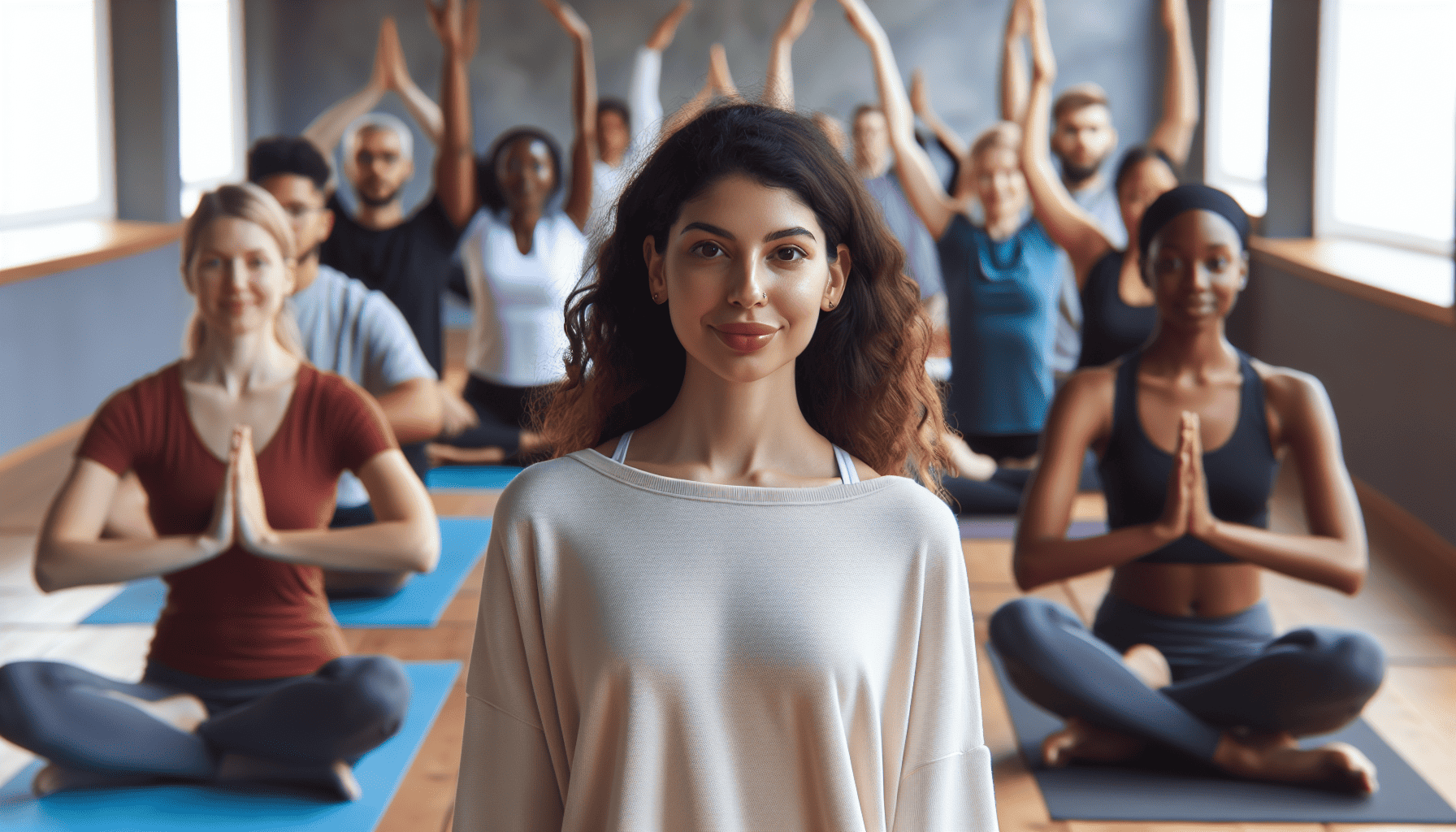Embarking on a yoga journey promises a myriad of benefits, from enhanced flexibility and strength to improved mental clarity and stress relief. However, with so many styles and classes available, choosing the right yoga practice tailored to your fitness level and wellness goals can be daunting. Here’s a guide to help you select the ideal yoga class that ensures a fulfilling experience.
1. Understanding Different Yoga Styles
Before diving into options, it’s essential to familiarize yourself with the various styles of yoga available. Here’s a quick overview of some of the most popular types:
-
Hatha Yoga: Often considered a gentler form of yoga, Hatha focuses on basic poses and breathing practices. It’s a great starting point for beginners due to its slower pace and foundational nature.
-
Vinyasa Yoga: Known for its fluid movement and flowing sequence that synchronizes breath with each motion, Vinyasa is ideal for those who enjoy a more dynamic and varied practice.
-
Ashtanga Yoga: A rigorous style of yoga that follows a specific sequence every time, Ashtanga is suitable for those who appreciate consistency and discipline in their practice.
-
Iyengar Yoga: This style emphasizes alignment and precision, making extensive use of props such as belts, blocks, and blankets. It’s perfect for individuals who are detail-oriented and appreciate meticulous instructions.
-
Bikram Yoga: Conducted in a heated room, Bikram consists of a set sequence of 26 poses and two breathing exercises. It’s great for those who thrive in a structured environment and are looking to enhance their flexibility and detoxify.
-
Restorative Yoga: Focused on relaxation and recuperation, this practice involves poses held for extended periods and is ideal if you’re seeking stress relief, improved sleep, and enhanced mental clarity.
-
Kundalini Yoga: Combining postures, breathing exercises, and chanting, Kundalini aims at awakening spiritual energy and is suited for those interested in the meditative and spiritual aspects of yoga.
2. Assessing Your Fitness Level
Selecting a yoga class that aligns with your physical capabilities ensures you enjoy your practice and avoid injury. Here’s how to gauge your fitness level:
-
Beginners: If you are new to yoga or physical exercise in general, it’s wise to start with a beginner-friendly class such as Hatha or a gentle Vinyasa session.
-
Intermediates: If you have some experience with yoga or possess a good level of fitness, exploring more active styles like Vinyasa or Ashtanga might be beneficial.
-
Advanced Practitioners: For seasoned yogis, challenging styles like advanced Ashtanga or Power Yoga classes can provide the intensity and variation you desire.
3. Defining Your Wellness Goals
Identifying your primary objectives will further narrow down your choices:
-
Flexibility and Strength: If enhancing physical strength and flexibility tops your list, styles like Vinyasa, Ashtanga, or Power Yoga are particularly effective.
-
Stress Relief and Relaxation: For those aiming to reduce stress and attain mental calmness, Restorative, Yin, or Hatha Yoga offer soothing practices.
-
Spiritual Growth: If you’re interested in the spiritual dimension, Kundalini Yoga can provide a profound experience with its focus on the mind-body connection.
-
Recovery and Healing: If recovering from an injury or if you have chronic pain, Iyengar Yoga might be the choice due to its emphasis on alignment and use of supportive props.
4. Consider Class Logistics
Practical considerations also play a significant role in choosing the right class:
-
Schedule and Time: Opt for classes that fit your schedule, ensuring consistency that allows for the reaping of full benefits over time.
-
Instructor Experience: A well-qualified teacher can enhance your practice enormously. Look for instructors certified from reputable institutions and those with positive reviews from previous students.
-
Class Size: Depending on your preference for personalized attention versus group energy, select a class size that suits you. Smaller classes often offer more individual guidance.
By skillfully aligning your yoga class selection with your fitness level, lifestyle, and wellness goals, you set the stage for a deeply enriching experience. As your practice evolves, remain open to exploring different styles and instructors until you find a practice that resonates with you, supporting a holistic approach to health and well-being.
